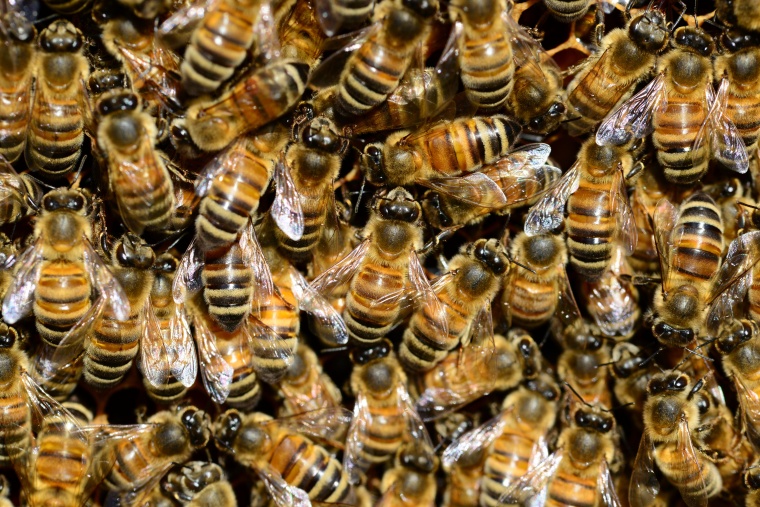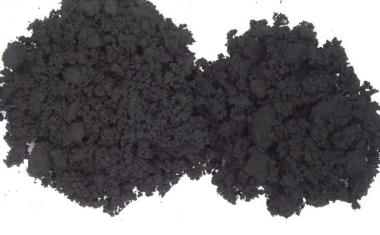Diversity Center Sues EPA over Pesticide Decision

US campaign group Center for Biological Diversity is suing the US Environmental Protection Agency (EPA) for its decision to expand the use of sulfoxaflor, a pesticide it had previously labeled toxic to bees and that had been restricted three years ago.
The center’s suit, filed in the 9th Circuit Court of Appeals, which has jurisdiction in several western US states, argued that the EPA failed to compile “substantial evidence” as required under law before approving sweeping new uses of the pesticide. It charged also that the agency failed to engage in dialog to assure that the renewed spraying would not harm endangered species.
Sulfoxaflor was temporarily barred from some applications following a lawsuit from beekeepers in 2015, which led the EPA under former US president Barack Obama in 2016 to change its instructions for using to consider reducing harm to bees.
Last month, the environment authority said it would allow the pesticide to be used again in the barred applications as well as on crops for which it up to now had not been authorized. Lori Ann Burd, the biodiversity center’s director, said the pesticide will harm not only bees and butterflies but also plants that rely on them for pollination.
While asserting that sulfoxaflor is “safer than the alternative,” the EPA said it had made the decision on the basis of “numerous emergency requests” from farmers to allow the use of the pesticide on certain crops. It added that growers could see net revenue losses of up to 50% if barred from using the pesticide.
Under the new, looser, rules, US farmers may again use sulfoxaflor on citrus, cotton and certain types of squash and for the first time on alfalfa, corn, cocoa, grains and pineapple.
In some cases, farmers will not be able to spray plants within three days of bloom, but NGO activists say the pesticide can still remain in the soil and harm bees. According to reports, bees are key to the production of nearly a third of US crops.
Commenting on the lawsuit, Burd accused US president Donald Trump, who had welcomed the crop protectant’s expansion, and Trump-appointed new EPA director Andrew Wheeler of “cheerfully promoting” the use of sulfoxaflor “like a corporate PR firm.”
Burd stressed that the EPA in the not too distant past had described sulfoxaflor as “very highly toxic” to bees,” and that a study published in the journal Nature last year found that it also inhibited bumblebee reproduction.
Without mentioning the lawsuit, the EPA said in a statement that the pesticide "provides benefits to growers and is supported by strong science that shows minimal risks for pollinators."
To reduce exposure to bees, the agency said the product label will have “crop-specific restrictions and important pollinator protection language,” including limits on how close to a bloom sulfoxaflor can be sprayed.
Whether these restrictions can be enforced is open to question, especially in light of the decision announced by the US Department of Agriculture just prior to the EPA’s announcement on sulfoxaflor, namely that it would suspend one of the few remaining government data sets that monitor bee populations and loss.
















